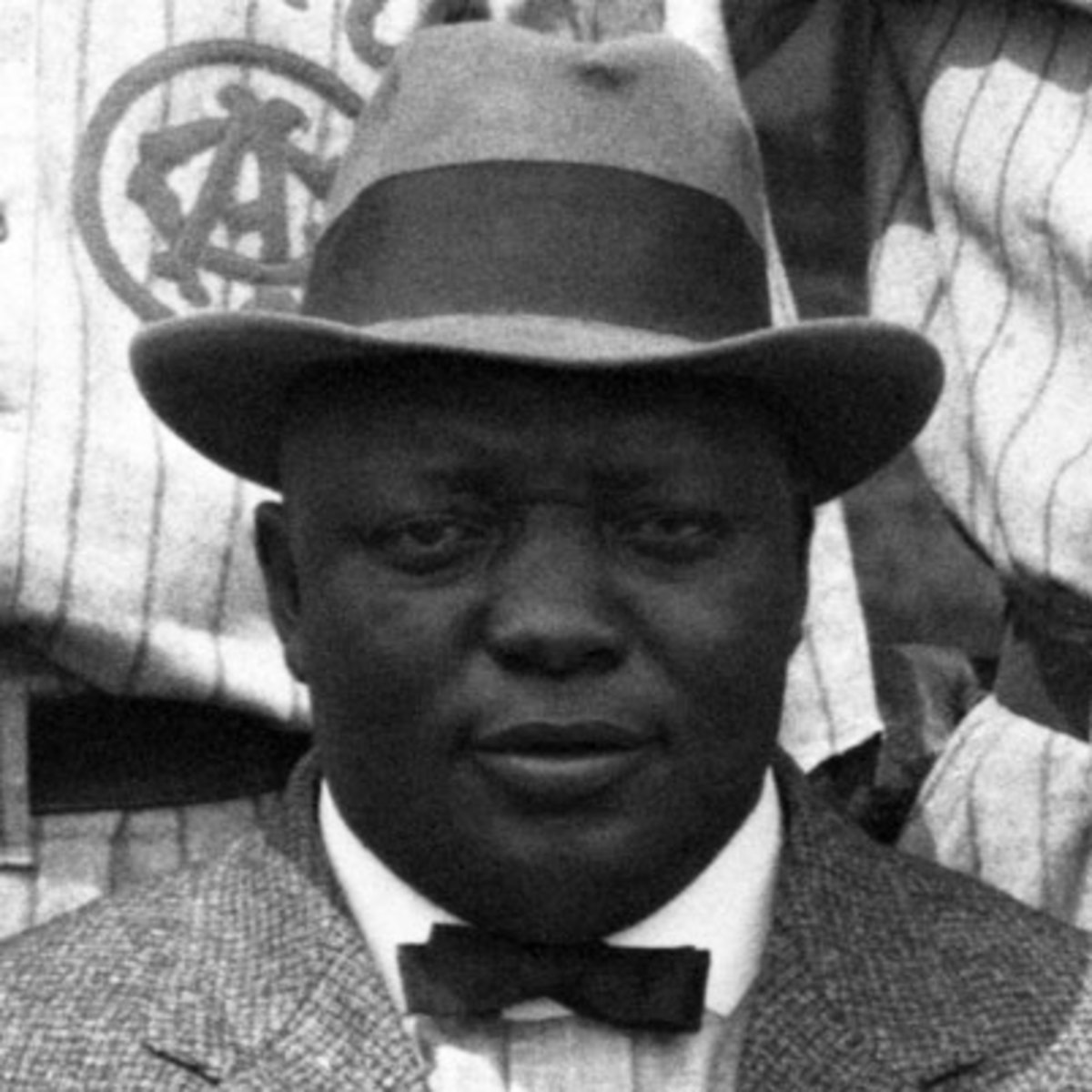In 1867 the National Association of Amateur Base Ball Players rejected Blacks. In 1876, owners of the professional National League adopted a “gentleman’s agreement” to keep Black players out. In response, Blacks formed their own teams and travelled across the country to play other teams. They drew crowds but there was one big problem: white booking agents, who controlled gate receipts, rendered Black team owners powerless and often kept most of the money. Rube Foster realized, as he once said, “we will always be the underdog until we can successfully employ the methods that have brought success to the great powers that be in baseball of the present era: organization.”

Foster began writing a series of articles in the Chicago Defender — a Black newspaper — in 1919, advocating for a Black professional baseball league. The league would, according to Foster, “create a profession that would equal the earning capacity of any other profession… keep Colored baseball from the control of whites (and) do something concrete for the loyalty of the Race.” Foster had to convince other team owners to give up some autonomy in order to form a league. He also had to assure players that their salaries would not decline but indeed, grow as a result of his new league. In 1920 Foster convened a meeting of team owners at a YMCA in Kansas City, to discuss the possibility of a new, Black baseball league. Much to the surprise of the other owners, Foster came to the meeting with an official charter document for the Negro National League already in hand.

The Negro National League flourished throughout the 1920’s. Player salaries were higher than ever before and they even received bonuses, regularly. Many teams found instant success. In 1921, for example, Foster’s Chicago American Giants drew nearly 200,000 fans. Black players who’d been stars before shined even brighter on the NNL stage — they even began to attract white audiences. Foster had managed to convince other Black team owners and players to practice cooperative economics, to combine their energy and money, in order to give the world an even bigger and better product — a Black league that was commercially viable. The NNL took a big hit in 1926 when Foster suffered a nervous breakdown. He died four years later. Various other leagues would spring up after the NNL and experience great success, in some instances. It was integration, however, that killed off the last of the Negro Leagues by the late 1960’s.









